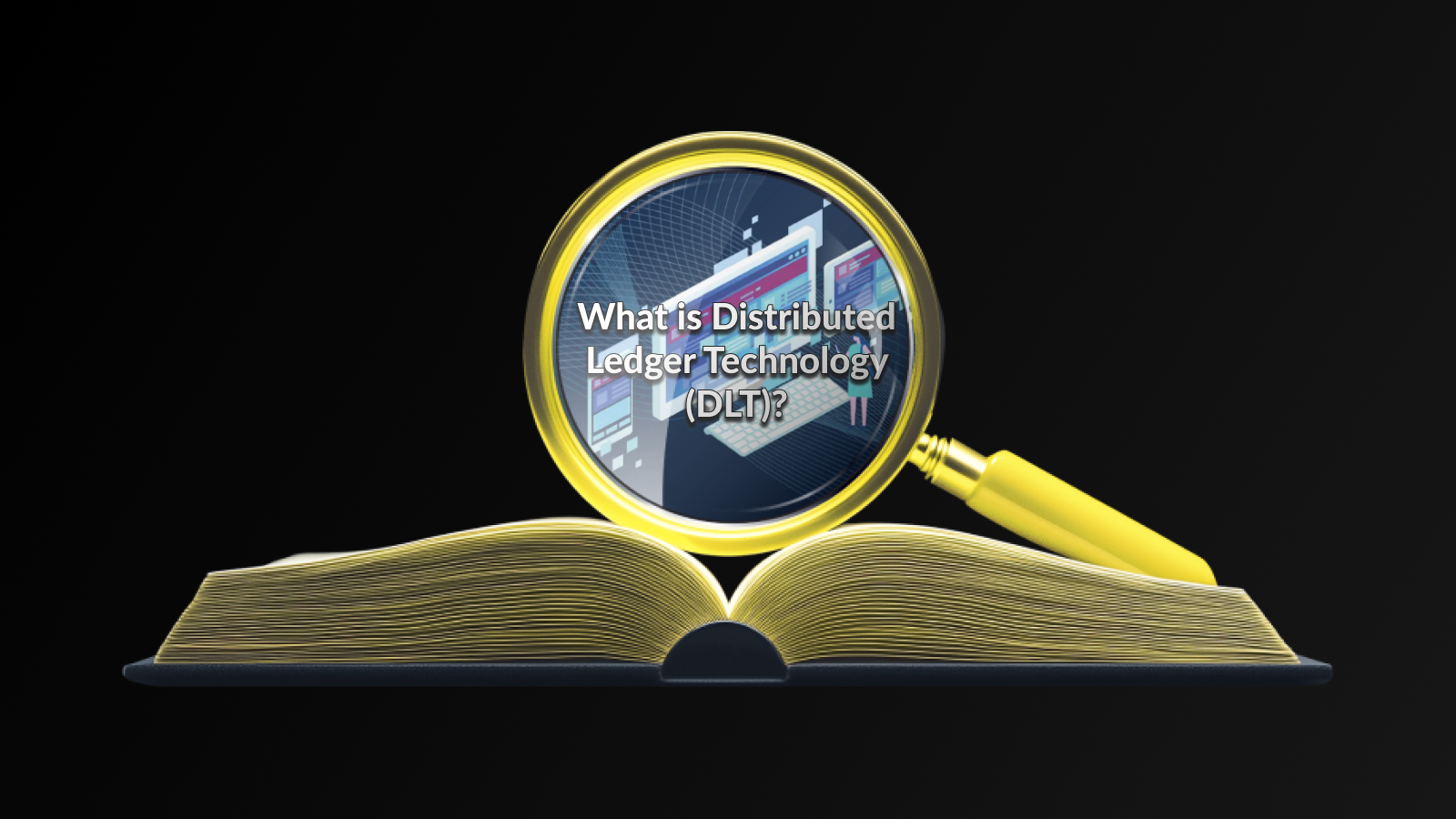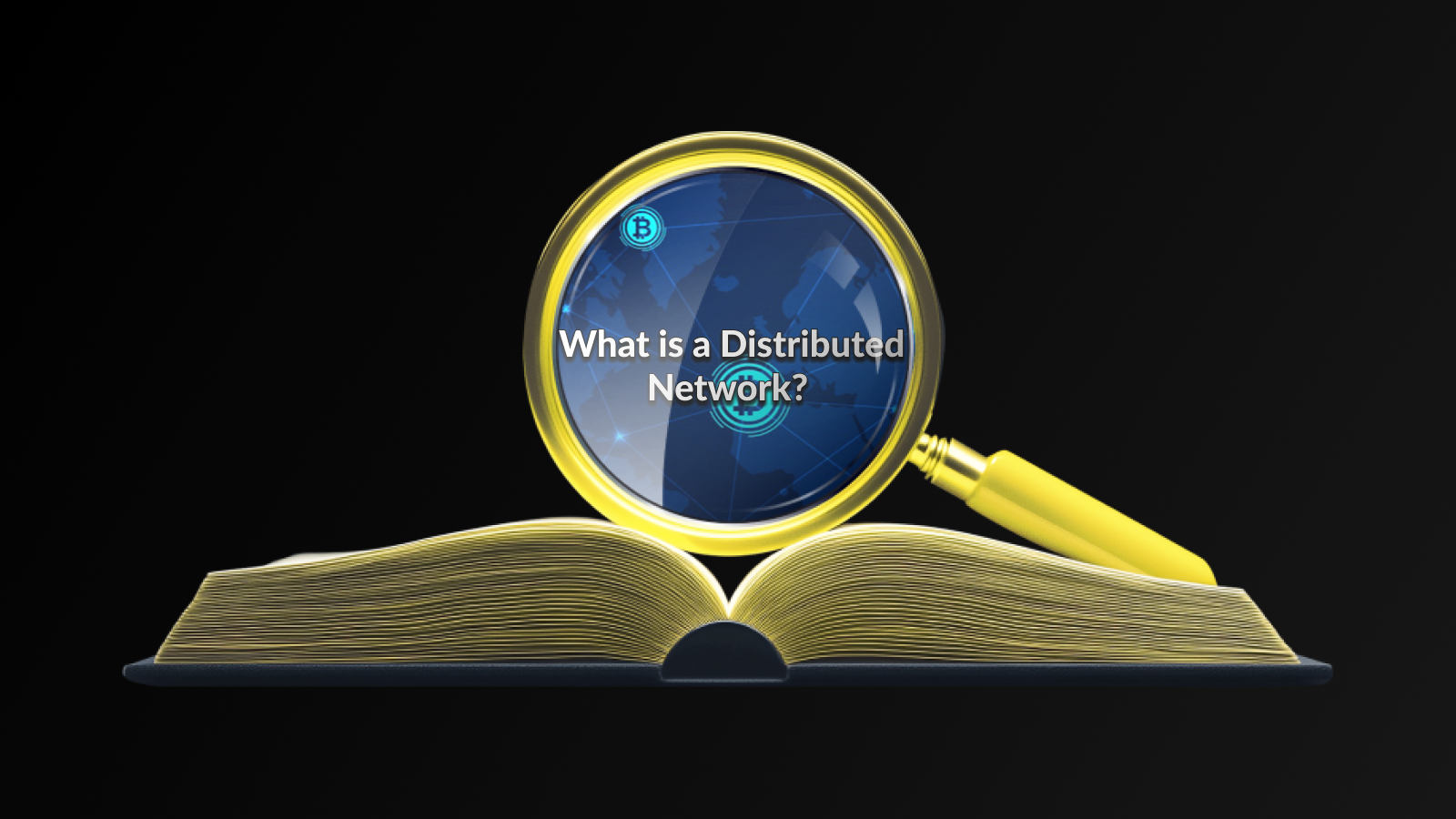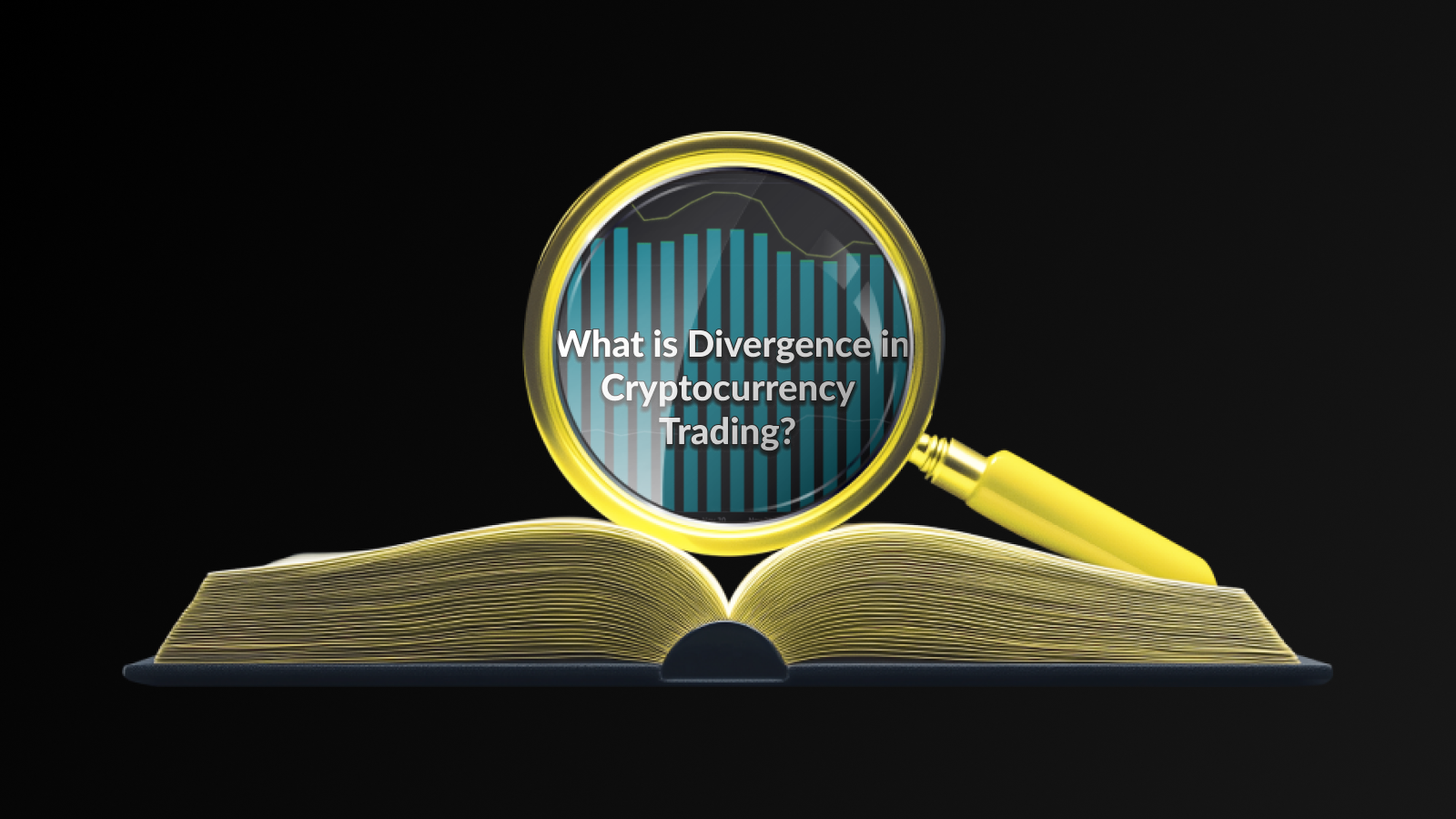Introduction
Distributed Ledger Technology (DLT) represents a transformational innovation that has the potential to change various industries, from finance to supply chain management. Unlike traditional databases, DLT allows data to be stored across multiple locations, ensuring that it is decentralized and resistant to tampering. This decentralized nature not only enhances security but also increases transparency, as all participants in the network can access and verify the data.
With its origins in cryptocurrencies, particularly Bitcoin, Distributed Ledger Technology (DLT) has evolved to encompass a range of applications beyond digital currencies. It fosters trust among participants without the need for intermediaries, thus streamlining processes and reducing costs. Key features of DLT include immutability, where once data is recorded, it cannot be altered, and consensus mechanisms that ensure all network participants agree on the validity of the recorded transactions.
As industries continue to explore the potential of Distributed Ledger Technology (DLT), organizations are beginning to recognize its capabilities in enhancing operational efficiency and reducing fraud. However, wide-scale adoption requires navigating the inherent challenges, including regulatory compliance and technological barriers. Understanding these dynamics will be critical for stakeholders looking to leverage this groundbreaking technology in their operations.
How Does Distributed Ledger Technology Work?
Distributed Ledger Technology (DLT) operates through a decentralized network of nodes that collectively maintain a secure and synchronized ledger. In this system, instead of a central authority controlling the database, each participant in the network has access to the entire ledger. This structure enhances transparency and reduces the risk of a single point of failure.
When a transaction occurs, it is verified by network participants through consensus mechanisms. These mechanisms may vary, but they generally require a majority agreement among nodes before a transaction can be added to the ledger. This step is crucial as it ensures the integrity of the recorded data.
Once a transaction is validated, it is bundled into a block and appended to the existing chain of records. This process involves cryptographic hashing, which secures the data against tampering and fraud. As a result, any modifications to a transaction would require alterations to all subsequent blocks, making it practically impossible to manipulate the data without detection.
All nodes in the network update their copies of the ledger simultaneously, ensuring that everyone has the most recent and accurate data. This characteristic of Distributed Ledger Technology (DLT) not only enhances trust among participants but also promotes greater efficiency by eliminating intermediaries often required in traditional systems.
Types of Distributed Ledger Technologies
Distributed Ledger Technology (DLT) encompasses various systems that allow for multiple decentralized record-keeping methods. Among these, the most notable types include blockchain, directed acyclic graphs (DAG), and traditional databases turned distributed. Each type serves different purposes and comes with its unique set of features.
Blockchain is perhaps the most well-known variant of DLT, made famous by cryptocurrencies like Bitcoin. It organizes data into blocks and links them chronologically, ensuring an immutable and secure transaction history.
Directed Acyclic Graphs (DAG) represent a more advanced alternative, allowing for greater scalability by enabling multiple transactions to be processed simultaneously. This technology is particularly useful in high-transaction environments, where speed and efficiency are paramount.
Traditional databases can also be adapted to operate as distributed ledgers. By incorporating features that allow for decentralization and enhanced access control, these systems can offer the benefits of Distributed Ledger Technology (DLT) while leveraging the familiarity of established database models.
Understanding these variations can guide organizations in choosing the appropriate technology that aligns with their specific needs and operational requirements.
Benefits of Distributed Ledger Technology
Distributed Ledger Technology (DLT) offers numerous benefits that make it a compelling choice for various applications across different industries. One of the most significant advantages is its ability to enhance transparency. Since all participants on a network have access to the same ledger, it reduces the likelihood of fraud and increases trust among stakeholders.
Another key benefit is the increased efficiency that Distributed Ledger Technology (DLT) brings to transactions. By eliminating intermediaries, DLT can speed up transaction processing times and reduce costs associated with traditional record-keeping systems. This efficiency can lead to quicker business operations and, ultimately, higher profitability for organizations.
Moreover, Distributed Ledger Technology (DLT) improves data security. The decentralized nature of the ledger means that it is not stored in a single location, making it less vulnerable to cyberattacks and unauthorized access. Each transaction is also cryptographically secured, adding another layer of protection against tampering.
The versatility of Distributed Ledger Technology (DLT) allows for a variety of applications beyond cryptocurrencies. Its use in supply chain management, healthcare, and financial services showcases its potential to innovate and streamline processes, providing a unique value proposition for businesses looking to harness modern technologies.
Challenges of Distributed Ledger Technology
Distributed Ledger Technology (DLT) presents a revolutionary approach to data management, yet it also faces several challenges that could impede its widespread adoption. One of the primary challenges is scalability. As the network grows, the volume of transactions can result in increased processing times and higher costs, making it less efficient for use in high-frequency trading environments.
Another significant issue is regulatory uncertainty. Different jurisdictions have varying regulations concerning the use and management of DLT, which can create complications for organizations attempting to implement this technology. This uncertainty can hinder investment and slow down innovation within the industry.
Additionally, security concerns are paramount. Despite the inherent security advantages of Distributed Ledger Technology (DLT), such as decentralization and encryption, vulnerabilities can still be exploited, leading to potential data breaches or fraud. This demand for secure protocols necessitates ongoing investment in cybersecurity measures.
The integration of DLT with existing legacy systems presents a practical challenge. Many organizations may struggle to incorporate this new technology into their traditional infrastructure, leading to increased operational complexity and costs.
Frequently Asked Questions
What is Distributed Ledger Technology (DLT)?
Distributed Ledger Technology (DLT) is a digital system for recording transactions in multiple places at the same time, ensuring that all copies are updated and synchronized without the need for a central authority.
How does DLT differ from traditional databases?
Unlike traditional databases that are controlled by a central authority, DLT operates on a decentralized network where every participant has access to the same information, enhancing transparency and security.
What are some common use cases for DLT?
DLT is commonly used in cryptocurrencies, supply chain management, financial services for clearing and settlement, voting systems, and digital identity management.
What is the role of consensus mechanisms in DLT?
Consensus mechanisms are protocols used in DLT to ensure all participants agree on the validity of transactions. Examples include Proof of Work, Proof of Stake, and Byzantine Fault Tolerance.
Can DLT be applied in industries other than finance?
Yes, DLT can be applied across various industries including healthcare for patient data management, real estate for property transactions, and energy for decentralized energy grids.
What are the benefits of using DLT?
The benefits of DLT include increased transparency, enhanced security, reduced transaction costs, improved efficiency, and the ability to facilitate real-time transactions.
What are some challenges associated with implementing DLT?
Challenges in implementing DLT include regulatory uncertainty, scalability issues, interoperability between different DLT systems, and the need for standardization.
Disclaimer
This article is for informational purposes only and does not constitute financial, investment, or legal advice. Distributed Ledger Technology involves regulatory, technological, and security considerations. Always conduct your own research and consult with a licensed professional before engaging in DLT-related activities. Darkex does not guarantee the accuracy or reliability of third-party information referenced in this article.
Click for more Darkex educational articles





